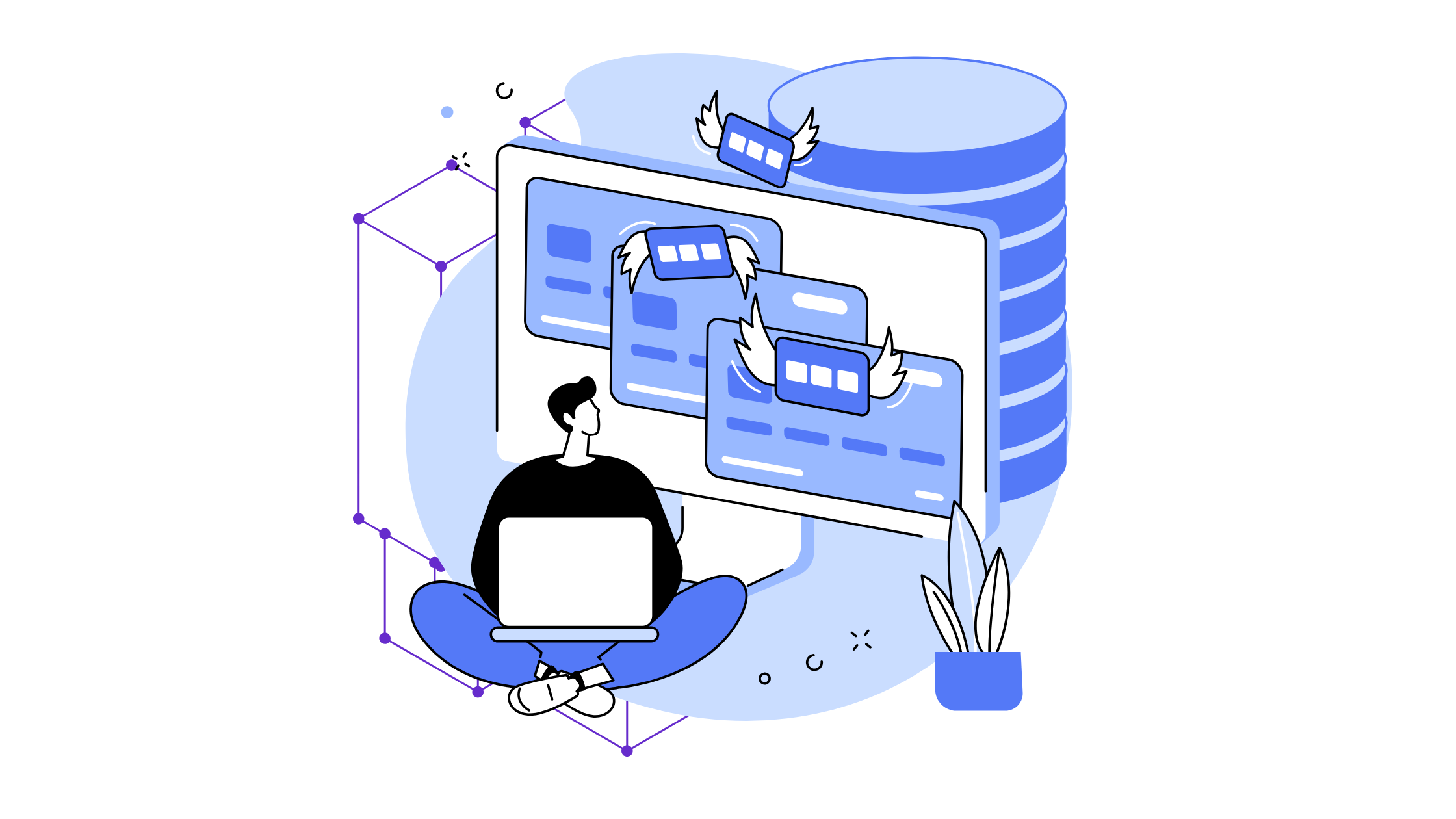Blockchain technology is revolutionizing how data is stored, shared, and secured. It operates on a decentralized and distributed ledger system that ensures transparency, immutability, and trust. The technology’s significance extends far beyond cryptocurrency, impacting industries such as finance, supply chain management, healthcare, and more. In our previous two articles, we embarked on a journey to demystify the world of blockchain technology. The first installment, “Blockchain: How It Works and Why It Matters” provided fundamental insights into the underlying principles of this transformative technology. The second article, “Blockchain Networks“ delved into the vital role played by various blockchain networks, such as public, private, consortium, and hybrid. But for blockchain to reach its full potential, it relies on a collaborative ecosystem of users. Therefore, now we shift our focus to the dynamic and diverse group of individuals and entities known as “Blockchain Users.”
Lets’s discover together how these users, with their unique roles, are the driving force behind the blockchain revolution!
Types of Blockchain Roles
- Miners
Miners are the backbone of public blockchain networks. Their primary function is to validate transactions, group them into blocks, and add these blocks to the blockchain. Miners play a pivotal role in maintaining the network’s security and integrity through their work. They contribute computational power to solve complex mathematical puzzles, ensuring that transactions are legitimate and tamper-proof. In return, miners are rewarded with cryptocurrency tokens. Without miners, public blockchains like Bitcoin would cease to function.
Significance: Miners maintain the security of public blockchains, ensuring trust and reliability.
- Validators and Node Operators
Public and consortium blockchain networks require validators and node operators. These individuals or entities confirm transactions, maintain a copy of the blockchain, and participate in reaching consensus on the state of the ledger. Their role is crucial in ensuring that the blockchain is decentralized, secure, and reliable. Validators and node operators are central to the functioning of networks like Ethereum and Hyperledger Fabric.
Significance: Validators and node operators enable the decentralization and immutability of consortium and public blockchains.
- Developers
Blockchain developers are the architects of this transformative technology. They design, build, and maintain blockchain applications and smart contracts. These individuals are responsible for creating solutions that harness the power of blockchain in various industries. Their innovations drive the adoption and evolution of the technology.
Significance: Developers drive innovation, creating solutions that cater to the specific needs of businesses and industries.
- End Users
End users are the beneficiaries of blockchain technology. They interact with blockchain applications and services, whether it’s sending cryptocurrencies, tracking the authenticity of products through supply chain apps, or voting securely in elections. The end users are at the forefront of experiencing the benefits of blockchain’s transparency, security, and efficiency.
Significance: End users reap the benefits of blockchain, fostering its mainstream adoption.
Bringing It All Together
In our three-part journey, we’ve explored the core elements of blockchain technology. We’ve uncovered how it works, why it’s essential, and how blockchain networks form the infrastructure of this revolutionary technology. Now, we’ve delved into the diverse roles of blockchain users, highlighting their vital contributions.
Blockchain technology, blockchain networks, and blockchain users are interwoven elements of a dynamic ecosystem. They work in unison to bring trust, transparency, and efficiency to various industries. Without these components working together, the profound transformation we are witnessing today would not be possible.
As we look ahead, it’s clear that the continued collaboration of these key elements is paramount in shaping a digital landscape where trust, security, and efficiency are paramount. Blockchain technology is not just a technology; it’s a movement driven by miners, validators, developers, and end users. Together, they are creating a future where blockchain’s potential knows no bounds.



